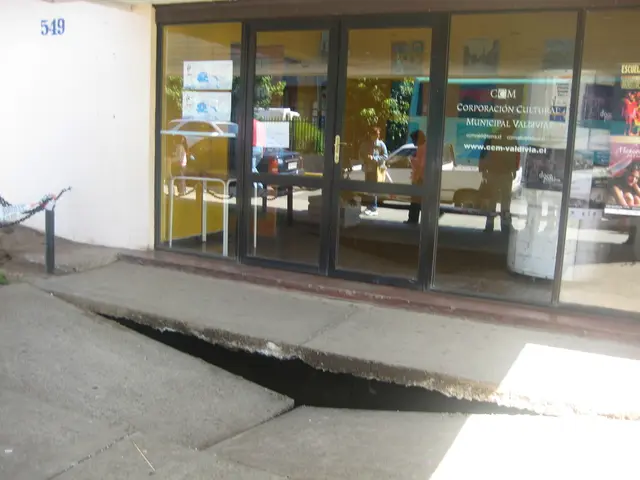Airfield Identification Markers
In the world of aviation, runways are not just long strips of tarmac. They are identified by numbers and letters that serve a vital purpose in ensuring safety and clarity during takeoff and landing phases. This system, widely standardized across airports globally, helps pilots and air traffic controllers distinguish between multiple runways that share the same directional number.
The letters L, C, R, and T next to runway numbers stand for Left, Center, Right, and Touchdown, respectively. These suffixes are particularly useful when an airport has two or three parallel runways aligned in the same direction. For example, if there are three parallel runways oriented approximately 160°, they are labeled 16L (left), 16C (center), and 16R (right) to differentiate them visually and on communications.
The runway numbers themselves represent the runway's magnetic heading, rounded to the nearest 10 degrees. So, runway 16 corresponds roughly to a magnetic heading of 160°, and the opposite end would be labeled 34 for 340°. The letter T can signify a Touchdown zone, but it is not commonly used in runway designations like L, C, or R for parallel runways. It is sometimes used in markings on the runway surface or related signs to indicate touchdown zones for landing guidance.
The purpose of these letter suffixes is to avoid confusion when multiple runways share an identical directional number. This ensures safety and clarity in communication and operations during takeoff and landing phases.
Here's a summary of the meanings and purposes of the letters:
| Letter | Meaning | Purpose | |--------|-----------------------|-------------------------------------------| | L | Left | Identify left runway in parallel set | | C | Center | Identify center runway in parallel set | | R | Right | Identify right runway in parallel set | | T | Touchdown (zone) | Mark touchdown zones, less common in runway naming |
This system is essential in airports with heavy air traffic load, where more than one runway may be present. Runways are named according to the value closest to the radial on the compass, with the 3-digit number being rounded down to 2 digits. The numbers correspond to the magnetic direction where the runway is located, with the numbers of opposite directions of the runways being 180 degrees opposite each other.
It's important to note that runway numbers can change over time due to the shifting of magnetic north towards Russia at a certain rate each year. For instance, the 05-23 runway of Istanbul Atatürk Airport has been changed due to this magnetic north shift, previously known as the 06-24.
In some airports, such as Rome Fiumicino Airport, runways may be parallel to each other, in the same direction, or sometimes in different directions. Some airports around the world have multiple runways, which can be examined in the figures provided. The letter T is used in airports that are close to magnetic north, such as Alert airport in Canada.
Runways are numbered on both sides to allow planes to land and take off from both directions. The compass shows 360 degrees in the north, 180 degrees in the south, 270 degrees in the west, and 90 degrees in the east.
In conclusion, the system of runway designations with letters L, C, R, and T plays a crucial role in maintaining safety and clarity in air traffic control. Understanding these designations can help both aviation enthusiasts and travellers navigate the complex world of airports more easily.
In the aerospace industry, the letters L, C, R, and T next to runway numbers serve a significant purpose in airports with multiple parallel runways. They help differentiate runways visually and on communications, ensuring clarity in communication and operations. For example, a set of three parallel runways aligning approximately 160° may be labeled 16L, 16C, and 16R.
In the world of finance and technology, this system is particularly valuable for airports handling heavy air traffic, as it simplifies the identification of runways and reduces the risk of confusion during takeoff and landing phases. The use of these letters contributes to the overall safety and efficiency of aviation operations.








